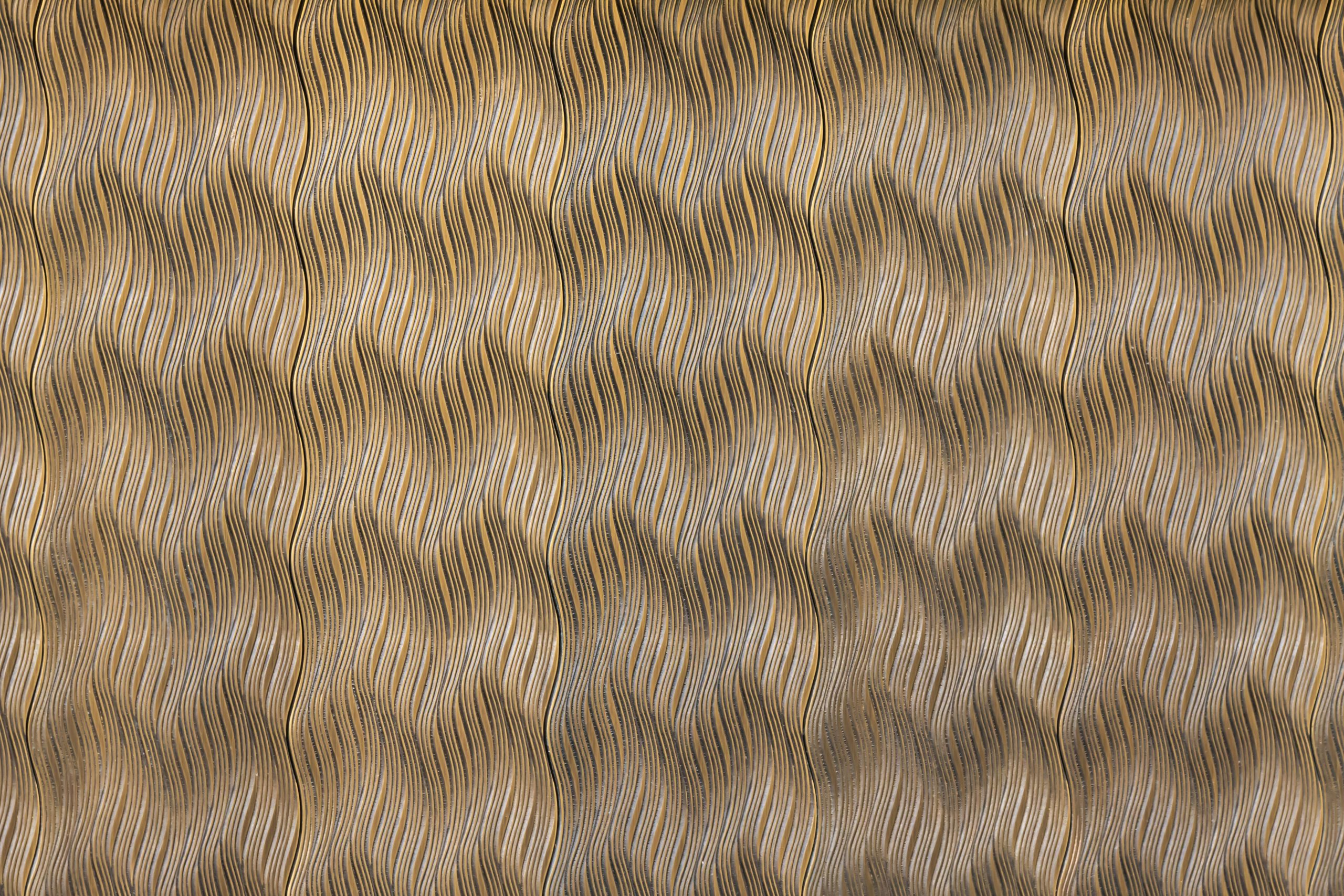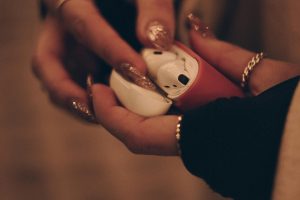Innovative biodegradable textiles surge in major designer lines
In recent years, there has been a changing tide in the fashion industry. As the world becomes more environmentally conscious, designers are looking for ways to incorporate sustainable materials into their collections. One such material that has been gaining popularity is biodegradable textiles. These innovative fabrics not only reduce the fashion industry’s environmental impact but also offer unique and exciting opportunities for designers to create sustainable and stylish pieces.
The Rise of Biodegradable Textiles
In recent years, the fashion industry has come under fire for its negative impact on the environment. From the use of non-biodegradable materials to the massive amounts of waste generated, the industry has been a significant contributor to pollution and environmental degradation. As a result, there has been a growing demand for sustainable and eco-friendly fashion options.
One area that has seen a surge in interest is biodegradable textiles. These are materials that can decompose naturally without causing harm to the environment. Unlike traditional fabrics, which can take hundreds of years to break down, biodegradable textiles can biodegrade in just a few years, making them a much more sustainable choice.
While biodegradable textiles have been around for a while, they have mostly been limited to specific niche markets. However, in recent years, major designer lines have started incorporating these materials into their collections. This trend marks a significant shift towards sustainability in the fashion industry.
Innovation in Materials
1. Mushroom Leather
One of the most innovative biodegradable textiles is mushroom leather. Made from the mycelium of mushrooms, this material is not only biodegradable but also vegan and sustainable. Mushroom leather is becoming increasingly popular, with major fashion houses like Stella McCartney incorporating it into their collections.
2. Piñatex
Piñatex is another exciting sustainable material made from pineapple leaves. This natural and biodegradable fabric is not only eco-friendly but also soft, durable, and flexible. It has been used by major designers like Hugo Boss and H&M, showcasing its high-fashion potential.
3. Orange Fiber
Orange Fiber is a fabric made from the by-products of juice production. This eco-friendly material has a silky feel and can be used to create luxurious and sustainable garments. Major luxury brands like Ferragamo and H&M have already incorporated this fabric into their collections, proving its versatility and potential in the fashion industry.
The Benefits of Biodegradable Textiles
The use of biodegradable textiles in major designer lines is not only a step towards sustainability but also brings various benefits for both the fashion industry and the environment.
1. Reduced Environmental Impact
The primary benefit of biodegradable textiles is the reduced environmental impact. As these materials are designed to decompose naturally, they do not contribute to the overwhelming amount of waste that traditional fabrics do. This also means that they do not release harmful chemicals into the environment during decomposition.
2. Versatility and Innovation
Biodegradable textiles offer designers a new level of versatility and innovation in their designs. With a range of materials to choose from, designers can create unique and sustainable pieces that stand out in the fashion industry. This opens up new design possibilities and allows for the experimentation of new techniques and styles.
3. Meeting Consumer Demand
The rise of biodegradable textiles in major designer lines is a direct response to changing consumer demands. As more people become environmentally conscious, they are looking for fashion options that align with their values. By incorporating biodegradable materials into their collections, designers are meeting this demand and appealing to a growing market.
The Future of Biodegradable Textiles in Fashion
The surge in the use of biodegradable textiles in major designer lines marks a significant step towards a more sustainable fashion industry. With more designers incorporating these materials into their collections, it is clear that the future of fashion is eco-friendly and innovative. As technology continues to advance, we can expect to see even more exciting and sustainable materials emerge in the fashion world.
In conclusion, the surge of biodegradable textiles in major designer lines is a positive trend towards a more sustainable fashion industry. With their versatility, innovation, and environmental benefits, these materials offer a promising solution to the negative impacts of traditional fabrics. As more designers and consumers embrace these sustainable options, we can look forward to a greener and more stylish future in fashion.










